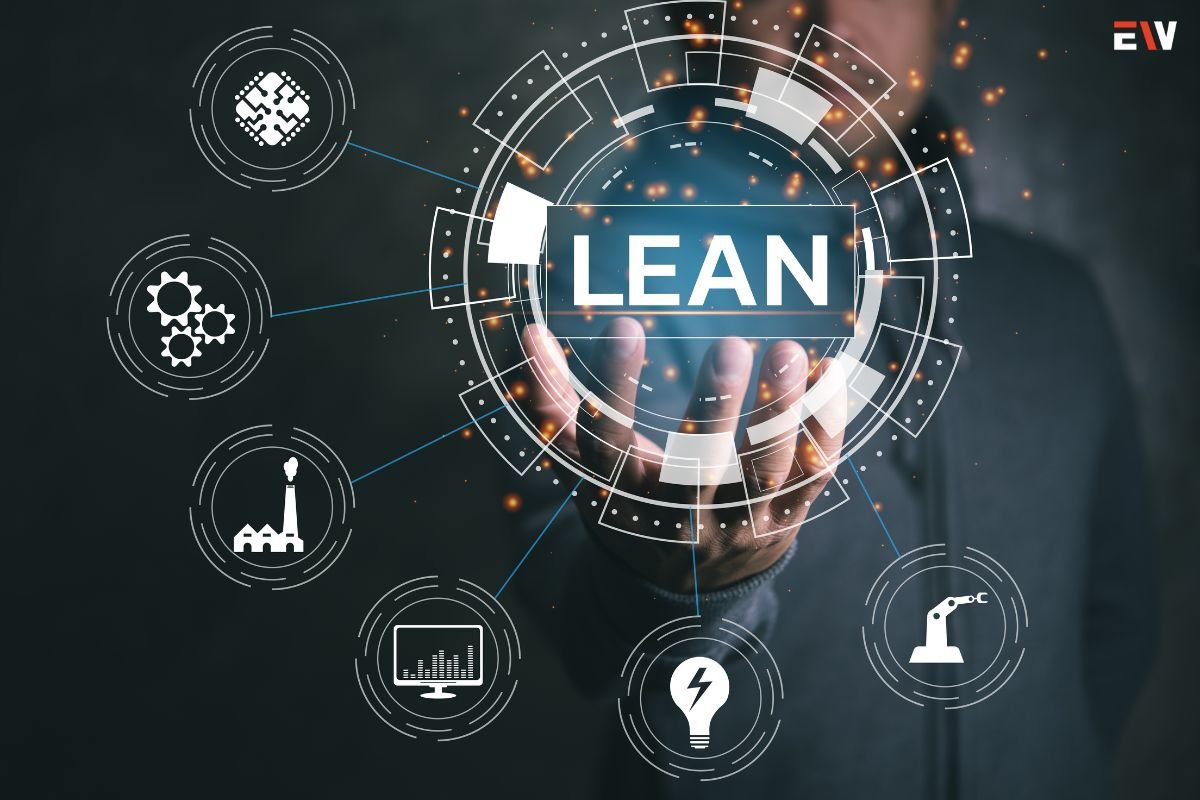Lean management principles, originating from the Toyota Production System, have revolutionized the way businesses operate by focusing on eliminating waste and creating value for customers. Lean management aims to optimize processes, improve efficiency, and enhance product quality. This article explores the lean management principles, their application in various industries, and the benefits they bring to organizations.
Core Principles of Lean Management
1. Value
- Definition: Value is defined from the customer’s perspective and involves identifying what customers are willing to pay for.
- Application: Understand customer needs and focus on delivering products or services that meet those needs. Everything else is considered waste.
- Example: In manufacturing, value could be high-quality, defect-free products delivered on time.
2. Value Stream
- Definition: The value stream is the entire process flow from raw materials to delivering the final product to the customer.
- Application: Map out the value stream to identify every step in the process and distinguish between value-adding and non-value-adding activities.
- Example: A value stream map of a car assembly line can highlight bottlenecks and areas of waste.
3. Flow
- Definition: Flow refers to the smooth progression of products or services through the value stream without interruptions.
- Application: Ensure that processes are streamlined and that work moves continuously without delays.
- Example: In a software development process, implementing continuous integration can maintain a steady flow of code deployment.
4. Pull
- Definition: The pull principle dictates that production is driven by customer demand rather than forecasted demand.
- Application: Produce only what is needed when it is needed, minimizing inventory and reducing waste.
- Example: A supermarket restocking shelves based on real-time sales data rather than anticipated demand.
5. Perfection
- Definition: Perfection involves the continuous pursuit of process improvement to achieve the ideal state of zero waste.
- Application: Foster a culture of continuous improvement where employees at all levels seek ways to improve processes.
- Example: Implementing regular Kaizen (continuous improvement) events to identify and eliminate inefficiencies.
Applying Lean Management Principles
1. Manufacturing

Lean principles have been widely adopted in manufacturing to improve efficiency and product quality.
Example: Toyota’s production system incorporates just-in-time inventory, reducing waste and ensuring that production is closely aligned with demand.
2. Healthcare
In healthcare, lean management improves patient care and operational efficiency by streamlining processes and reducing waiting times.
Example: A hospital using lean principles to optimize patient flow through the emergency department, reducing wait times and improving patient outcomes.
3. Software Development
Agile methodologies in software development draw heavily from lean principles, emphasizing iterative development, continuous feedback, and waste reduction.
Example: A software team adopting Scrum practices to deliver small, incremental updates rather than large, infrequent releases.
4. Retail
Retailers use lean principles to enhance customer satisfaction and reduce costs by optimizing inventory management and streamlining supply chains.
Example: A retailer implementing a pull system to replenish stock based on actual sales data, reducing excess inventory and minimizing storage costs.
Benefits of Lean Management
1. Increased Efficiency
Lean management eliminates waste and streamlines processes, resulting in more efficient operations.
Example: A factory reduces setup times and increases machine utilization, leading to higher production rates.
2. Cost Reduction

By minimizing waste and optimizing resources, lean management significantly lowers operational costs.
Example: A company reducing excess inventory and lowering holding costs through just-in-time production.
3. Improved Quality
Lean principles emphasize defect prevention and continuous improvement, leading to higher quality products and services.
Example: A manufacturing plant implementing Total Quality Management (TQM) to identify and eliminate defects, improving overall product quality.
4. Enhanced Customer Satisfaction
Focusing on value from the customer’s perspective ensures that products and services meet customer needs, enhancing satisfaction.
Example: A service provider streamlining their customer support process to resolve issues more quickly and effectively, leading to higher customer satisfaction.
5. Employee Engagement
Lean management involves employees at all levels in the improvement process, fostering a sense of ownership and engagement.
Example: Encouraging employees to participate in Kaizen events, where their ideas for process improvements are valued and implemented.
6. Greater Agility
Lean organizations can quickly adapt to market changes and customer demands due to their streamlined processes and focus on continuous improvement.
Example: A technology company rapidly adjusting production schedules based on real-time market feedback, ensuring they meet changing customer needs.
Implementing Lean Management
1. Leadership Commitment
Successful lean implementation requires strong leadership commitment to foster a culture of continuous improvement.
Action: Leaders should actively promote lean principles, provide necessary resources, and support employee involvement.
2. Training and Education

Educating employees on lean principles and techniques is crucial for effective implementation.
Action: Conduct regular training sessions and workshops to build lean expertise within the organization.
3. Cross-Functional Teams
Forming cross-functional teams encourages collaboration and leverages diverse perspectives to solve problems and improve processes.
Action: Create teams with members from different departments to work on specific lean projects and initiatives.
4. Continuous Improvement Culture
Fostering a culture of continuous improvement involves encouraging employees to regularly seek and implement process improvements.
Action: Establish regular review meetings, feedback mechanisms, and recognition programs to motivate continuous improvement efforts.
5. Use of Lean Tools
Various lean tools and techniques, such as 5S, Kanban, and Six Sigma, can facilitate the implementation of lean principles.
Action: Introduce and train employees in the use of lean tools to systematically address and eliminate inefficiencies.
Conclusion
Lean management principles provide a structured approach to improving efficiency, reducing waste, and enhancing overall business performance. By focusing on value from the customer’s perspective and fostering a culture of continuous improvement, organizations can achieve significant benefits. Implementing lean principles across various industries demonstrates their versatility and effectiveness in driving operational excellence. Embracing lean management principles ensures that businesses can remain competitive, agile, and responsive to ever-changing market demands.










